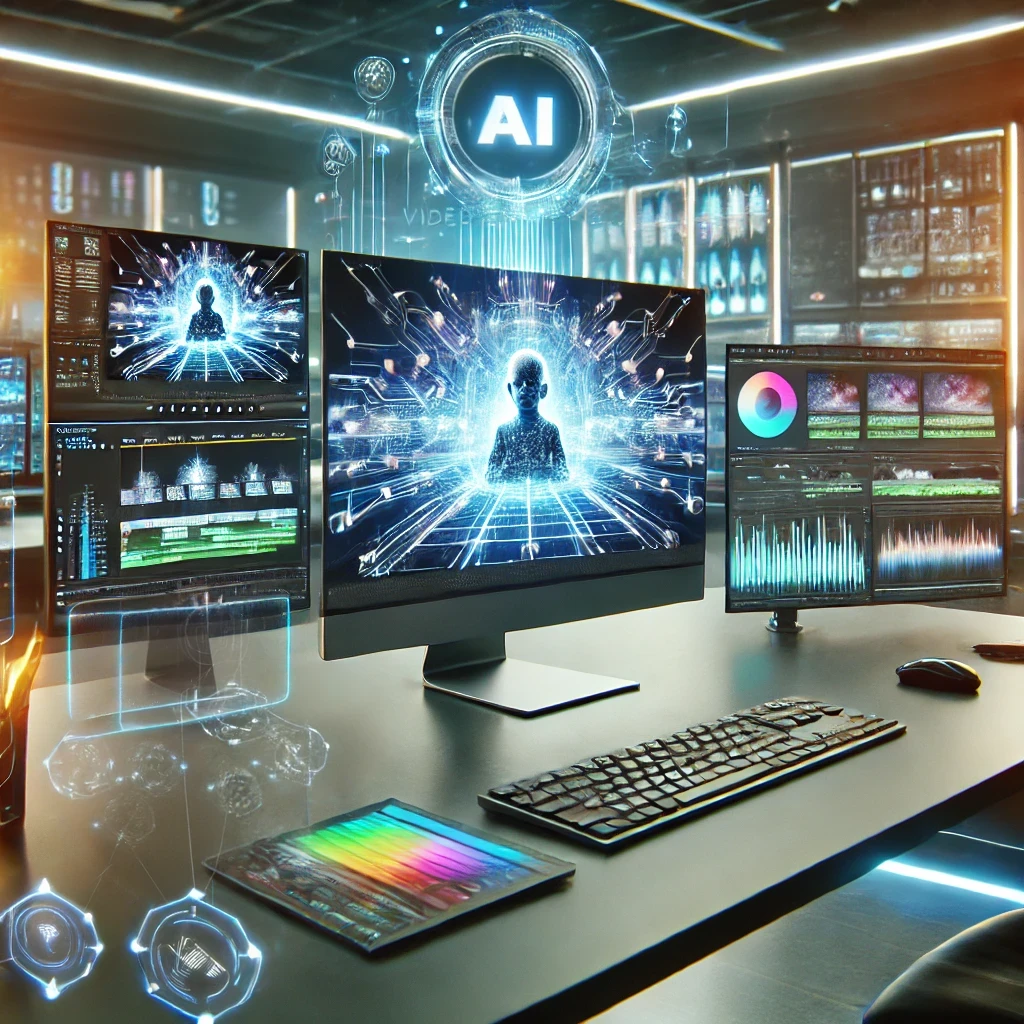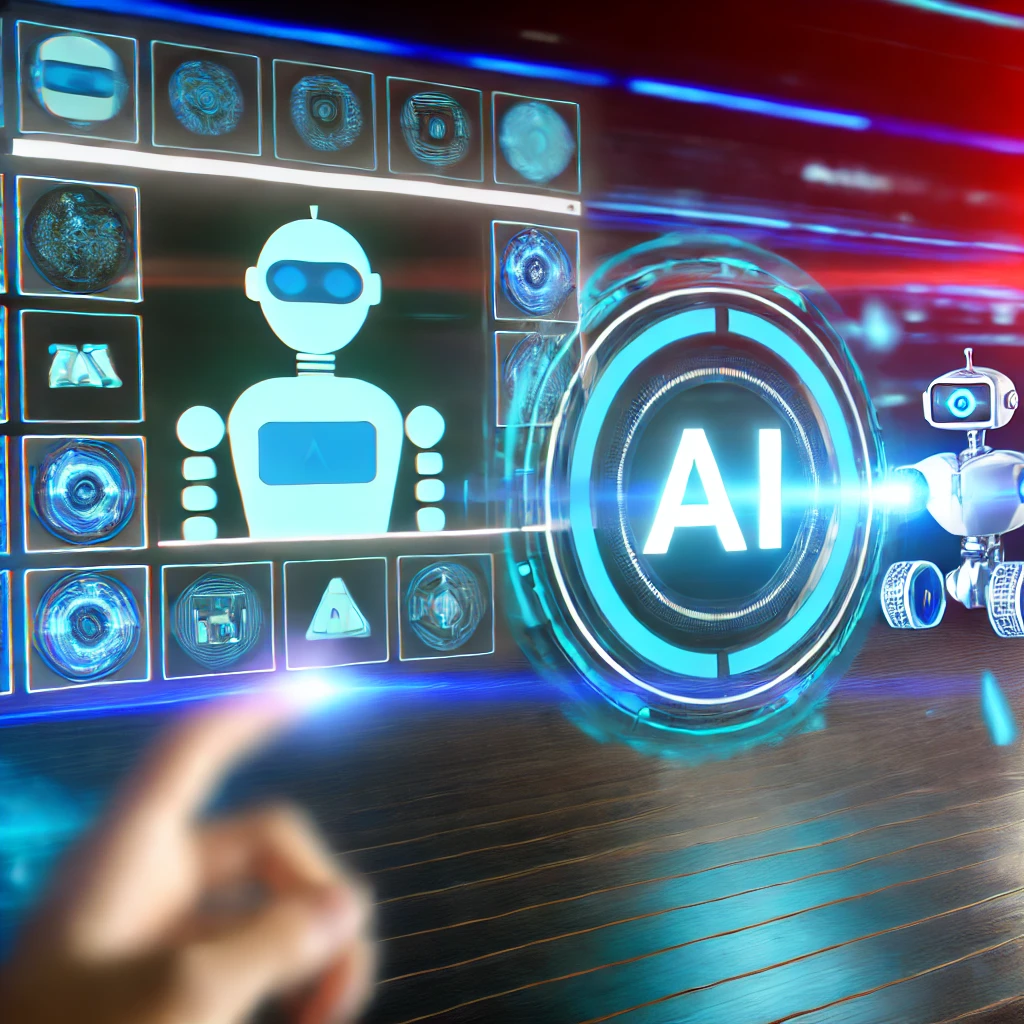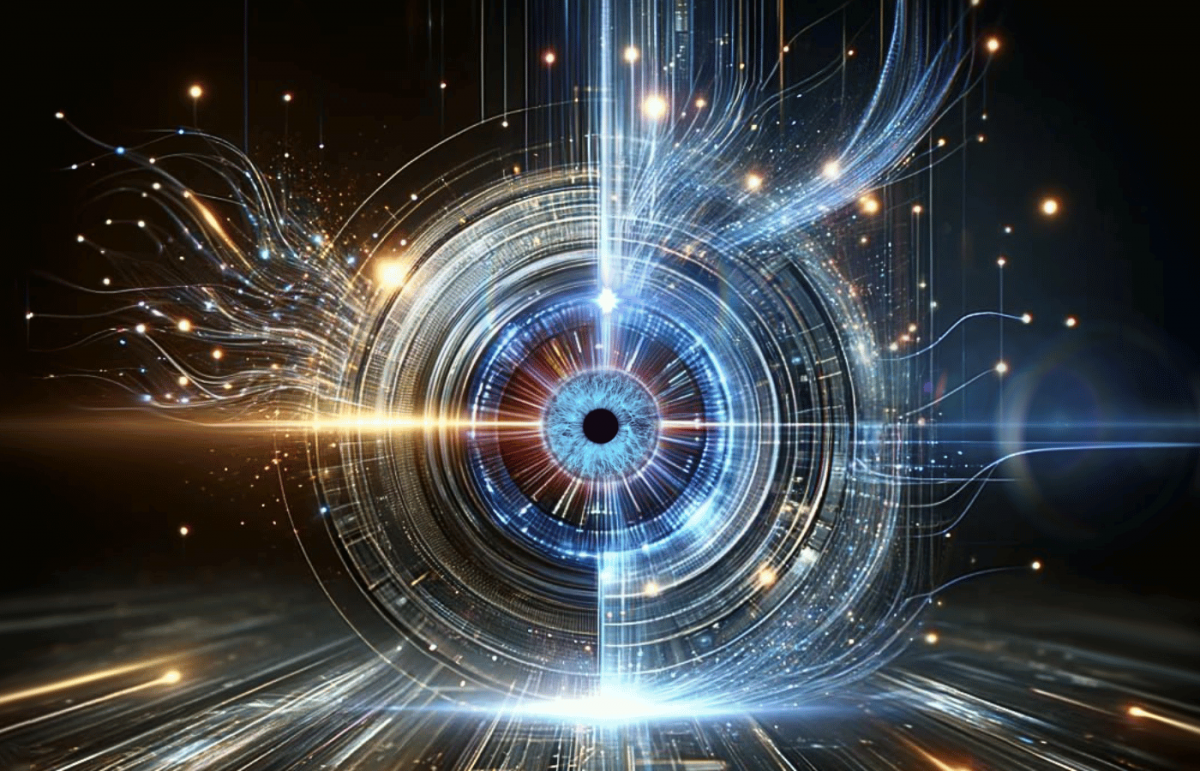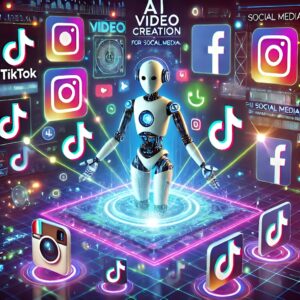Introduction to AI Algorithms in Video Creation
In today’s digital age, video content made from aI video editing reigns supreme. From captivating vlogs and cinematic shorts to corporate presentations and educational tutorials, videos have become an integral part of our daily lives. But what if we told you that the magic behind your favorite videos is increasingly powered by artificial intelligence (AI)? Welcome to the world of AI algorithms in video creation—a technological revolution transforming how we produce, edit, and enhance video content.
This blog post aims to demystify the role AI plays in modern video production, shedding light on how algorithms are not only enhancing the quality of videos but also streamlining the entire process. Whether you’re a seasoned video editor, a burgeoning content creator, or simply a tech enthusiast, understanding AI’s impact on video creation can open new doors for creativity and efficiency.
Understanding AI Algorithms for Video Production
AI algorithms are essentially sets of rules or instructions that enable computers to perform tasks that would typically require human intelligence. In the context of video production, these algorithms are specifically tailored to analyze, interpret, and manipulate video content in ways that were once thought impossible without manual intervention.
For video editors and creators, this means that AI can handle complex tasks like video editing and enhancement with speed and precision. By harnessing the power of AI algorithms, content creators can focus more on their creative vision while letting technology take care of the technical details. This democratization of video production tools allows for a wider range of creators to produce professional-quality content without extensive technical expertise.
Types of Algorithms Used in AI Video Creation

AI video creation relies on a variety of algorithms, each serving a unique purpose. Machine learning algorithms, for instance, allow systems to learn from data and improve over time without explicit programming. In video production, machine learning can be used to identify patterns, such as common editing styles or transitions, to automate editing processes.
Deep learning, a subset of machine learning, involves layers of neural networks that mimic the human brain’s processing capabilities. These algorithms excel in tasks like object recognition and scene analysis, which are critical for video content segmentation and categorization. Neural networks, another essential component, enable AI to understand and predict complex video content structures, making them invaluable in creating visually appealing videos.
The Role of AI Algorithms in Automating Video Editing
One of the most significant advantages of AI in video production is its ability to automate video editing tasks. Algorithms can now perform tasks like cutting, trimming, and even adding transitions with minimal human intervention. This automation not only saves time but also ensures consistency across multiple video projects.
For example, AI-powered tools can automatically detect and remove unwanted parts of a video, such as pauses or errors, based on predefined criteria. Additionally, AI can suggest or apply special effects and soundtracks that align with the video’s mood and theme. By streamlining these processes, content creators can produce high-quality videos faster and with less effort.
Enhancing Video Quality with AI Algorithms
Beyond editing, AI algorithms play a crucial role in enhancing video quality. Advanced algorithms can upscale video resolution, making older or lower-quality footage appear sharper and more detailed. This capability is particularly valuable for content creators looking to repurpose existing footage or improve the quality of archival videos.
Color correction and stabilization are other areas where AI excels. Algorithms can automatically adjust color balance, brightness, and contrast, ensuring that videos look vibrant and professional. Similarly, AI-driven stabilization tools can reduce camera shake, resulting in smooth and steady footage.
AI Algorithms for Content Analysis and Video Segmentation
AI algorithms are also adept at analyzing video content, making them indispensable for tasks like content analysis and segmentation. By understanding the structure and context of a video, AI can identify key scenes, objects, and events, allowing for more precise editing and categorization.
Scene detection algorithms, for instance, can automatically divide a video into distinct segments based on changes in action or setting. Object recognition technology can identify specific elements within a video, such as people, vehicles, or animals, enabling more targeted editing and content retrieval.
Improving Production Efficiency with AI Algorithms
Efficiency is paramount in video production, and AI algorithms offer a significant boost in this regard. By automating repetitive tasks and optimizing workflows, AI tools reduce the time and effort required to produce high-quality videos.
AI-driven project management tools can help teams coordinate tasks, track progress, and manage resources more effectively. By integrating AI algorithms into production workflows, video creators can ensure that projects stay on schedule and within budget while maintaining the highest quality standards.
AI Algorithms in Video Compression and Storage Optimization

Storage and bandwidth limitations have long been challenges in video production, but AI algorithms are helping to overcome these hurdles. Video compression algorithms powered by AI can reduce file sizes without compromising quality, making it easier to store and stream videos.
These algorithms analyze video content to identify redundant data and apply efficient compression techniques. This not only saves storage space but also improves download and streaming speeds, ensuring a seamless viewing experience for audiences worldwide.
AI Algorithms in Generating Video Content
One of the most intriguing applications of AI in video production is its ability to generate content from scratch. AI-generated animations, deepfakes, and synthetic media are becoming increasingly popular, offering new creative possibilities for content creators.
Generative adversarial networks (GANs) are a type of AI algorithm that can create realistic video content by learning from existing data. While these technologies raise ethical concerns, they also offer exciting opportunities for innovative storytelling and visual effects.
Challenges and Ethical Considerations in AI Video Algorithms
Despite the numerous benefits, AI in video production is not without its challenges. Algorithmic biases, for instance, can lead to skewed or unfair representations in video content. Ensuring that AI tools are trained on diverse and representative datasets is crucial to mitigating these biases.
Ethical considerations also come into play when using AI to create or manipulate video content. Deepfakes, while fascinating, pose significant risks to privacy and security. Content creators must exercise caution and responsibility when leveraging AI technologies to ensure that they do not compromise ethical standards.
Simplifying AI Algorithms for Content Creators
While AI algorithms may seem complex, content creators need not be intimidated. Many user-friendly tools and platforms make AI accessible without requiring deep technical knowledge. These solutions empower creators to harness the power of AI to enhance their workflows and produce compelling videos.
Platforms like Adobe Premiere Pro, Final Cut Pro, and DaVinci Resolve offer AI-powered features that simplify editing, enhancement, and organization. By exploring these tools, content creators can unlock new levels of creativity and efficiency.
Real-World Applications of AI Algorithms in Video Production
- Disney’s use of AI for visual effects in films like “The Lion King” (2019) and “Avengers: Endgame” (2019). AI algorithms helped create realistic animal characters and enhance the quality of visual effects.
Netflix’s implementation of AI-driven content recommendations to personalize the viewing experience for its users. By analyzing user preferences and video metadata, Netflix’s algorithms suggest relevant content, improving user engagement and retention.
YouTube’s use of AI for video categorization and content moderation. YouTube’s algorithms automatically classify videos into appropriate categories and detect potentially inappropriate content, ensuring a safer platform for viewers
The New York Times’ application of AI in their “The Daily” podcast, where algorithms help select relevant news stories and generate talking points for the host
Conclusion
AI algorithms are revolutionizing video production, offering unprecedented opportunities for creativity, efficiency, and quality. By understanding and leveraging these technologies, video editors, content creators, and tech enthusiasts can elevate their craft and produce exceptional videos.
Whether you’re a seasoned professional or a budding creator, now is the time to explore the possibilities of AI-driven video production. With the right tools and a willingness to experiment, you can harness the power of AI algorithms to bring your creative vision to life.
Free Custom Video for Your Brand
Enter your name below and find out more about how Epso.ai can help Automate your social video marketing and get a free 15-second social media video for your brand.



